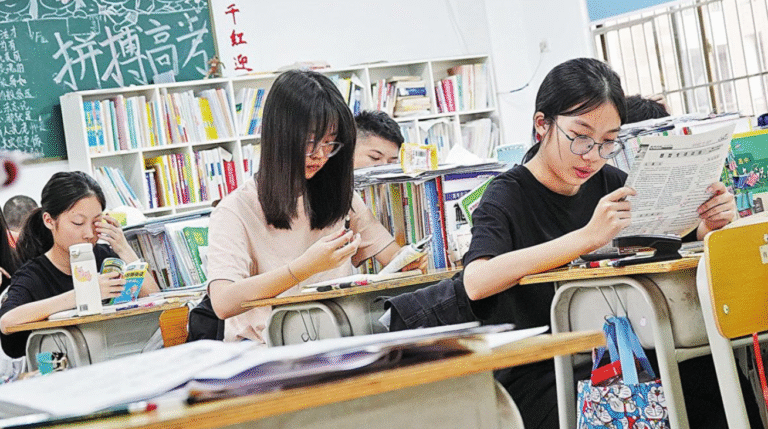Every year, millions of Chinese students prepare for one of the most significant exams of their lives: the Gaokao. Along the way, many sharpen their skills through the gaokao practice test, which helps them simulate the real experience and measure their readiness. Yet, the Gaokao is much more than just an exam—it is a cultural event, a social milestone, and a defining moment for countless young people in China.
The Origins and Evolution of the Gaokao
The Gaokao, officially known as the National Higher Education Entrance Examination, was first introduced in 1952. Its aim was simple yet profound: to create a standardized method of selecting the brightest minds for university admission across a vast and diverse country. Suspended during the Cultural Revolution (1966–1976), the Gaokao was reinstated in 1977, marking a turning point for modern Chinese education. Since then, it has grown into the largest examination of its kind in the world, with more than 10 million students taking it annually.
Why the Gaokao Matters So Much
To understand why the Gaokao is such a powerful force, one must consider China’s scale and competitiveness. With a population of over 1.4 billion, the challenge of fairly distributing limited university seats is immense.
The Gaokao is seen as a level playing field—a meritocratic system where students, regardless of background, can prove themselves through performance. For many families, especially in rural areas, success in the Gaokao can mean access to prestigious universities, better career opportunities, and upward social mobility.
What the Gaokao Reveals About China’s Education Values
The Gaokao reflects much more than test-taking ability. It embodies values deeply rooted in Chinese culture:
- Meritocracy: The idea that effort and ability can lead to success, regardless of family background.
- Discipline: The belief that perseverance and hard work are essential for achievement.
- Collective Aspiration: Families and communities often rally around students, underscoring the collective investment in education.
- High Standards: The emphasis on excellence shows China’s dedication to cultivating globally competitive talent.
These values have played a vital role in shaping China’s workforce and fueling the nation’s rapid development over the past few decades.
Challenges of the Gaokao System
Despite its strengths, the Gaokao system faces criticism. The focus on exam performance can sometimes overshadow creativity, practical skills, and holistic development. Students may excel at memorization but struggle with problem-solving in real-world contexts. Furthermore, disparities in resources between urban and rural schools mean not all students have equal opportunities to prepare.
Lessons the World Can Learn from the Gaokao
While the Gaokao is unique to China, it offers lessons relevant worldwide:
- The Power of Equal Opportunity: A standardized system ensures that all students, regardless of background, are judged by the same measure.
- The Value of Hard Work: The Gaokao underscores the role of discipline and dedication in achieving success.
- The Need for Balance: Other countries can learn from the Gaokao’s strengths while avoiding its pitfalls, ensuring exams are rigorous but not overwhelming.
- The Importance of Reform: Even long-standing systems can evolve to meet new demands, balancing tradition with innovation.
Inspiring Stories of Success
Behind the statistics are countless personal stories of resilience and achievement. Students from rural villages who secured spots at elite universities often become role models, proving that education can transform lives. Their journeys highlight not just the rigor of the exam, but the human spirit that drives individuals to overcome obstacles.
The Future of the Gaokao
Looking ahead, the Gaokao is likely to remain a cornerstone of China’s education system. However, it will continue to adapt to changing societal needs and global trends. As China positions itself as a leader in technology, innovation, and cultural exchange, its education system—and the Gaokao—will play a pivotal role in shaping the next generation of thinkers, leaders, and creators.
Conclusion
The Gaokao is more than an exam—it is a mirror reflecting the strengths, values, and challenges of China’s education system. It reveals the nation’s deep respect for knowledge, its faith in meritocracy, and its dedication to cultivating talent. At the same time, it highlights the importance of reform, balance, and well-being in education.
For students, the Gaokao is not just about a score; it is a journey of resilience, growth, and discovery. And for the world, it is a powerful reminder of the transformative potential of education when guided by ambition, discipline, and hope.

